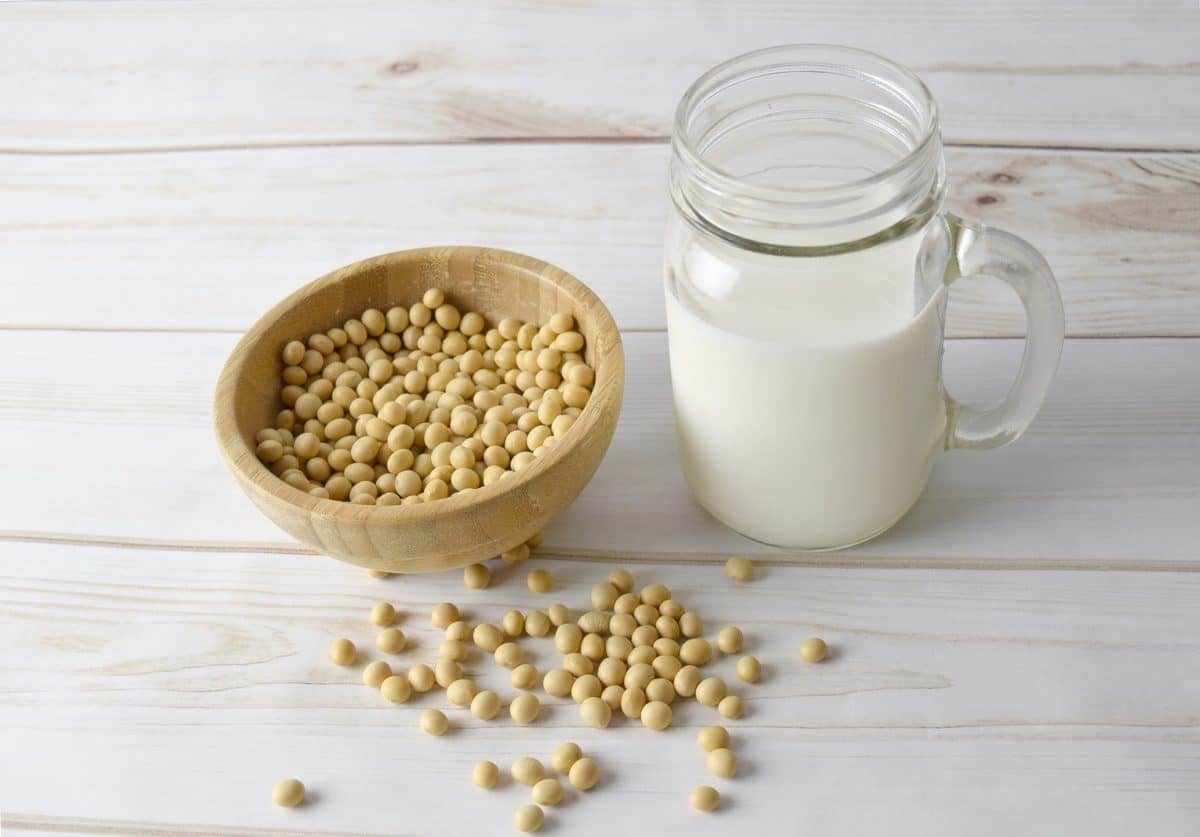Bacteria has always got a bad name. You have been told that bacteria will make you sick, trigger infections and make you unhealthy. It is why you constantly use a sanitizer or start a three-day course of antibiotics at the slightest hint of a fever. But this can also undo the work of good bacteria, which is extremely essential for your health. Yogurt usually has a healthy dose of these good bacteria. Find out how it works!

Table of Contents
What Is Yogurt Bacteria?
All yogurt has some kind of bacteria, live or otherwise. These bacteria play a crucial role in making the yogurt healthy, lend it a specific taste, texture and smell. Some of the bacteria are already present in the human gut and other parts of the body. Eating yogurt can be an effective way to maintain the balance of gut bacteria in your body. The job of this bacteria is to help with digestion. Babies are born with very few bacteria in their body and breast milk is a way to introduce healthy bacteria into their body in a quick and nutritious way.
But not all bacteria are the good kind. Some can actively be harmful too. Therefore, the body constantly requires a balance of good bacteria to stave off the pathogens. So what are good and bad bacteria?

Good vs Bad Bacteria
Good bacteria in yogurt are usually called probiotics. These probiotics are generally “live cultures”, which means that the yogurt contains living microorganisms that are beneficial for human health. Examples of probiotics include lactic acid bacteria, like Lactobacillus and Bifidobacterium. Though not all yogurt contains probiotics. They may have other bacteria, which are neither harmful nor particularly helpful. In the United States, the National Yogurt Association has put in place a “Live Active Culture” seal, so consumers can identify which yogurt contains live probiotics.
The body needs to maintain a steady balance between good and bad bacteria. The human body has approximately 100 trillion strains of good bacteria. A slight imbalance and the bad bacteria could cause an infection and affect your health. For example, the female vagina should have a healthy balance of lactobacilli. But when the balance is disturbed, there is a tendency of vaginal infections to develop. Eating probiotic yogurt, or other foods that are rich in healthy bacteria may return the balance.
How Is Yogurt Made?
Now, let’s get down to how yogurt is actually made. It can be made using any kind of milk — cow, buffalo, soy, and others. The milk is fermented by introducing starting bacteria or live cultures as described above. The bacteria is added to heated, pasteurized milk at a certain temperature so the bacteria can act fast.
This bacteria then turns the milk sugar or lactose into lactic acid, which helps thicken the milk and give it the solid, creamy consistency characteristic to yogurt. The process of fermentation takes about three to four hours. Once the yogurt sets, it is allowed to cool down in the fridge. Heating the yogurt once it has set will kill the bacteria.

Different types of yogurt may alter the basic process in small ways — for example, low-fat yogurt may require very specific bacteria. But more or less, the basic procedure has remained the same for centuries.
Precautions to Take with Yogurt
While making yogurt is actually quite easy, the process does require some precision. Any missteps, change in temperature or mistake in using the starting culture can affect how the yogurt turns out or worse, prevent the milk from culturing at all. But other than following the precise steps for culturing the milk, once the yogurt has set, you should take care of certain precautions.
Yogurt does not have a very long shelf life and it is best not to tamper with the bacteria by trying to extend its shelf life. It is best consumed fresh and well within its expiration date. Here’s what you should take care of when consuming yogurt.
Storage
With any dairy product, storage is of the utmost importance. Yogurt once opened should be refrigerated immediately after opening. If you leave the unsealed yogurt out in room temperature for even two hours, it will get spoiled. Ideally, if you are putting uneaten (but opened) yogurt in the refrigerator, try to find an air-tight container to put it in. Any open yogurt will last about a week in the fridge and perhaps a month in the freezer, provided that you store it in the right container.

If the yogurt is sealed, it may last for a few days more in the fridge and up to two months in the freezer. To thaw the yogurt, you will need to keep it in the fridge overnight without putting it back in the freezer. However, the nature of the bacteria is likely to change when you freeze the yogurt, therefore changing the taste slightly as well. Regardless, the yogurt is still healthy enough to eat.
Knowing When to Throw It Out
If you are not careful with storage, yogurt can go bad quite fast. Even if a box of yogurt is well within its expiration date, it could get spoiled if you do not store it correctly. So knowing when to throw the yogurt out is essential, or you could get very sick from consuming a bad batch of yogurt. If the yogurt is past its expiration date, naturally you should be careful about whether it is still okay to consume (though a day or two past its expiration date does not necessarily mean it has gone bad). But other than that, there are a few telltale signs that the yogurt is not fit for consumption any longer.
Smell
If the yogurt has gone bad, there will be a rancid smell odor that you cannot miss. If you suspect the yogurt has gone bad, take a whiff and check. If it smells like rotten milk, you know better than to consume it.
Discoloration
If there is any kind of discoloration in the surface, there’s a good chance the good bacteria is off balance and there has been mold development in the yogurt. If you are lucky, you may be able to see white or dark mold deposits on the surface. Do not try to remove these deposits and eat the rest as there could be particles that are not visible to the naked eye (these are, after all, microorganisms).

Texture
If you stir the yogurt and notice that the texture is off or is lumpy, like cottage cheese, the yogurt has probably been sitting in your fridge for too long. When the yogurt gets spoiled, a watery liquid may also ooze out to the surface of the yogurt.
Foods with Friendly Bacteria
Other than yogurt, there are several other foods that are probiotic (that is, they have live cultures) or generally have healthy bacteria. These foods include:

Final Thoughts
Yogurt is a delicious, healthy treat that you can incorporate in your meals, eat as a dessert or if you are feeling too full on some days, you can even skip dinner and a cup of yogurt can sustain you the whole night. The different bacteria in yogurt work their magic and make this dairy product an incredible addition to your diet.
You can also make yogurt at home very easily, with a range of yogurt makers available in the market. So sit back and enjoy the magic of good bacteria!
